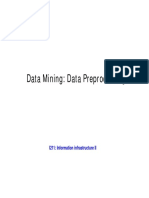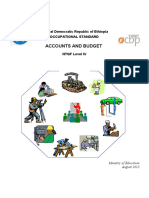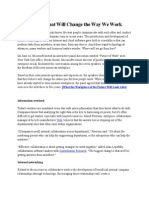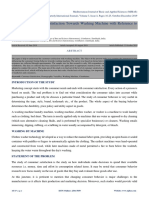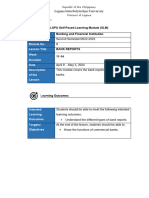0% found this document useful (0 votes)
27 views14 pagesData Processing
The document outlines the process of data preprocessing, which involves transforming raw data into a usable format for analysis through steps like data cleaning, integration, transformation, reduction, and formatting. It discusses the importance of data preprocessing in various fields such as data mining, machine learning, and business intelligence, highlighting its advantages and disadvantages. Additionally, it emphasizes the significance of data cleaning in machine learning to ensure model accuracy and performance.
Uploaded by
eczhyenaCopyright
© © All Rights Reserved
We take content rights seriously. If you suspect this is your content, claim it here.
Available Formats
Download as PPTX, PDF, TXT or read online on Scribd
0% found this document useful (0 votes)
27 views14 pagesData Processing
The document outlines the process of data preprocessing, which involves transforming raw data into a usable format for analysis through steps like data cleaning, integration, transformation, reduction, and formatting. It discusses the importance of data preprocessing in various fields such as data mining, machine learning, and business intelligence, highlighting its advantages and disadvantages. Additionally, it emphasizes the significance of data cleaning in machine learning to ensure model accuracy and performance.
Uploaded by
eczhyenaCopyright
© © All Rights Reserved
We take content rights seriously. If you suspect this is your content, claim it here.
Available Formats
Download as PPTX, PDF, TXT or read online on Scribd
/ 14







































